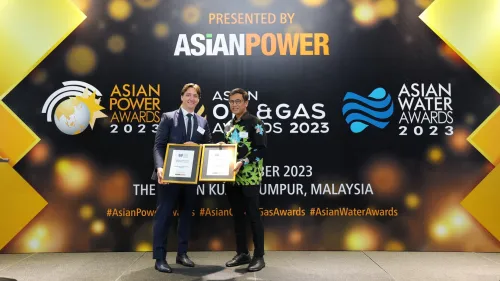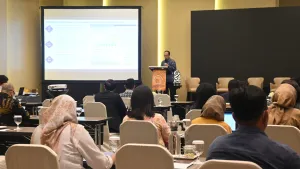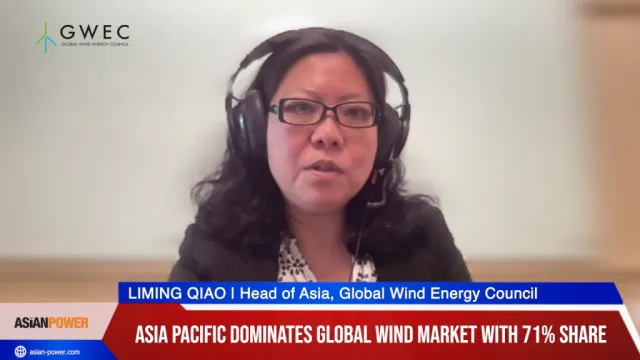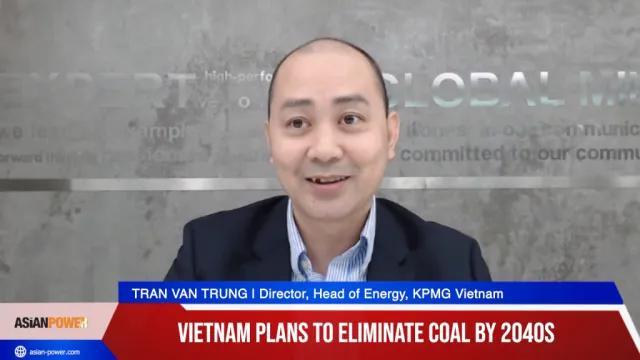
Will Smart Grid Utility space continue to expand?
By Douglas BellinThe Smart Grid Utility space is quickly evolving and is a market that will start to accelerate.
Many customers ask where should we start. This is a very difficult question due to the many locations and areas within the businesses that need updates, changes and transformation to their business and operations. The Utilities Value Chain combines many different parties that have to start to do many things that are foreign to their business and current operating procedures.
Let’s look at this from a high level: you have Power Generators, Transmission, Distribution, Industrial Customers, Commercial customers and Residential Customers.
With the introduction of the new distributed generation sources and the introduction of Electric Vehicles this picture is going to get very complex. If we follow the data sharing that may not occur now, the sharing of this data is going to be incredible and the Smart Grid opportunities will not succeed until this can be tracked and shared.
Customers have to inform the Transmission and Distribution companies that they need power. Transmission and Distribution Companies need to inform customers of the current prices of the power and this will allow customers the decision to use the power at that time or not.
Of course then this needs to drive up to the Generation companies around what is being used where so that they can plan on producing the correct amount of power for users at the correct time and work with the Transmission and Distribution on the where this needs to go.
Currently data sets are fairly small as this data flow occurs, as we move forward the data will start to explode. Questions arise of how much data is needed and I will add the question of where is that data needed.
Do you need all of this data at the central Data Center, or can you distribute this data across the full value chain and truly add value to the data?
With the evolution of data and the options that exist the options are immense but there are a few options there that will help with this. Starting with the correct Data Center support and migration is a first pass, but adding plans to distribute the grid intelligence and data across the Smart Grid is a goal as well.
Much of this will live in a ‘Cloud’ environment that many are talking about, but ultimately this will be a combination of private and public cloud plans to support this distribution.
This is a quick overview of where I see the markets evolving and in the future I will write more on these subsets and what we see evolving to support this.
Douglas Bellin, Industry Lead, Cisco Systems, Inc.



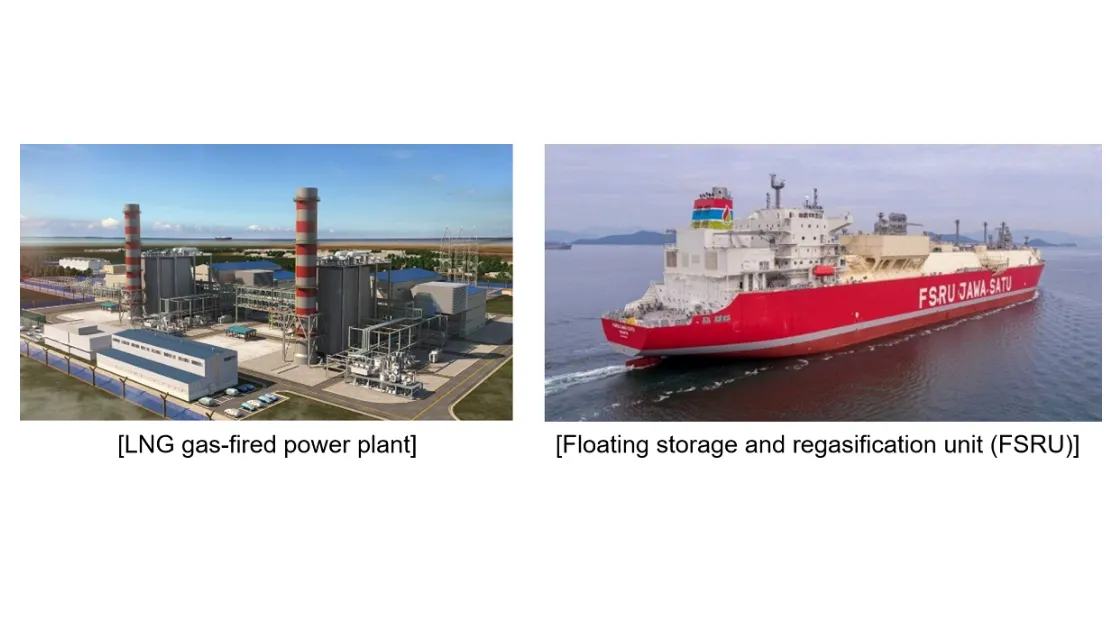
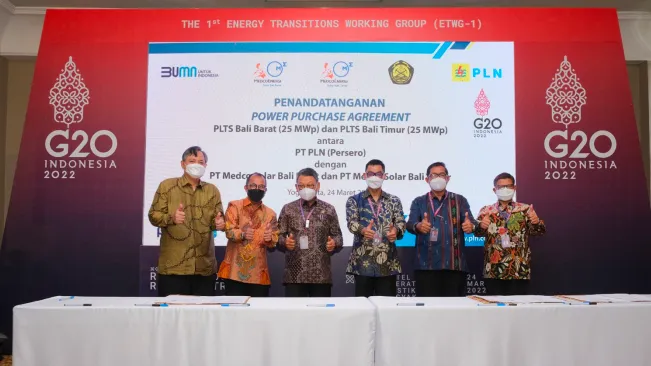





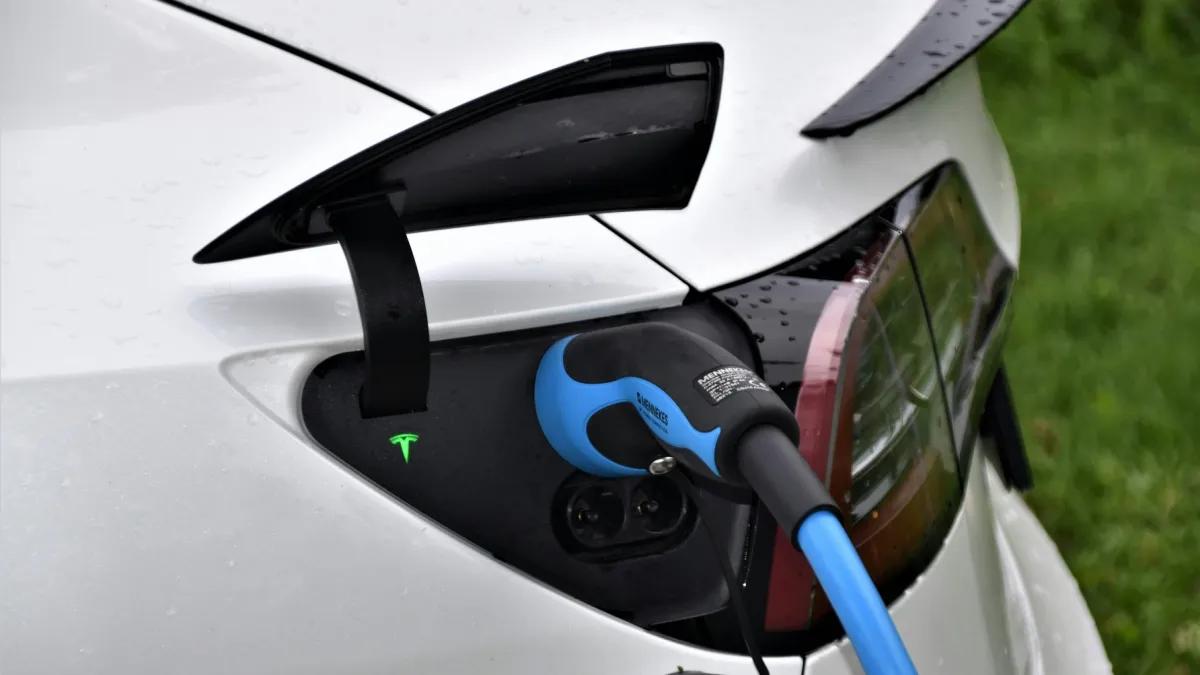



 Advertise
Advertise
